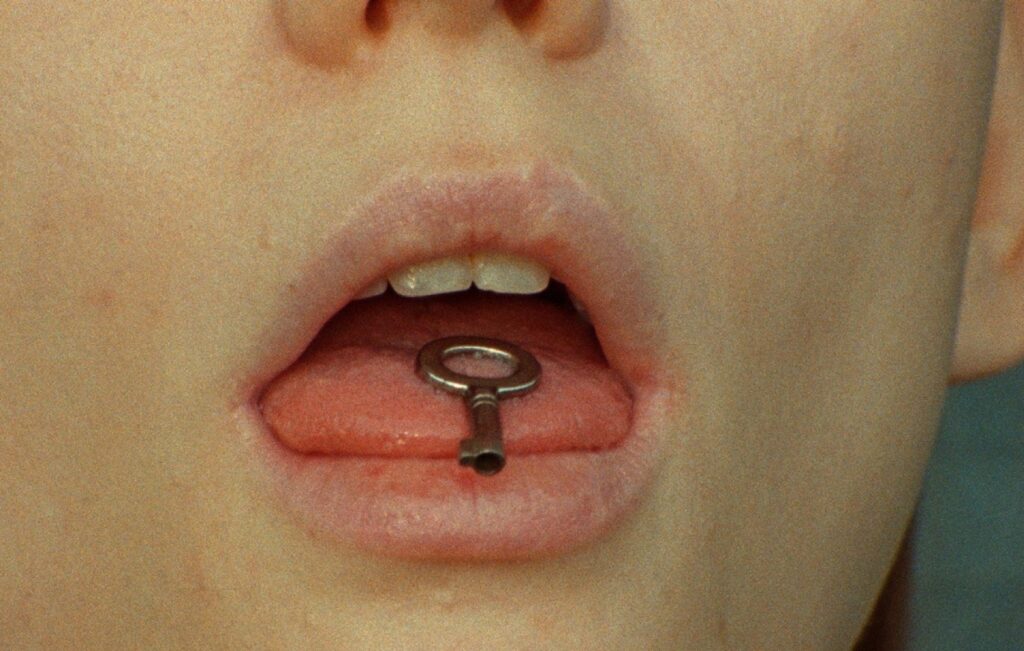
In the Stranglehold of Ivy (2024) by Antoinette Zwirchmayr
Friday, August 29, 2025, 7:00 pm
CROSSROADS 2025 – program 1
temporary near thing/pulsebeat promises
CROSSROADS 2025 opens with works considering domestic, carceral and liminal spaces, intimacies, alienations and territories best left unmapped. Caesurae entangle. Wheels squeak and wind blows. Spectral figures roam through apertures of ghostings and dystopian fantasies unfurl beneath the San Francisco Bay. Program opens with Ken Jacobs’ Flo Rounds A Corner, presented in memory of Flo Jacobs (1941–2025). Here is the key; unlock the door.
program community partner: Screen Slate
SCREENING:
Flo Rounds A Corner (1999) by Ken Jacobs (US); digital video, color, silent, 6 minutes. Exhibition file courtesy of Electronic Arts Intermix (EAI), New York. In the Stranglehold of Ivy (2024) by Antoinette Zwirchmayr (Austria); 16mm screened as digital video, color, silent, 7 minutes. Exhibition file from Lightcone. Half Halt (2025) by Sofia Theodore-Pierce (US); digital video, color, sound, 11 minutes. Boyd v. Denton (2023) by Kevin Jerome Everson (US); digital video, b&w, sound, 3 minutes. Exhibition file from Picture Palace Pictures. Tulsa (2025) by Scott Stark (US); digital video, color, sound, 14 minutes. Sinking Feeling (2024) by Zachary Epcar (US); digital video, color, sound, 21 minutes. TRT: 66 minutes
PROGRAM TICKETS: $12 General/$10 Cinematheque Members, Gray Area Members & students (with ID)
FESTIVAL PASSES: $85 General/$70 Cinematheque Members, Gray Area Members & students (with ID)
1 2 3 4 5 6 7 8 →
CROSSROADS 2025
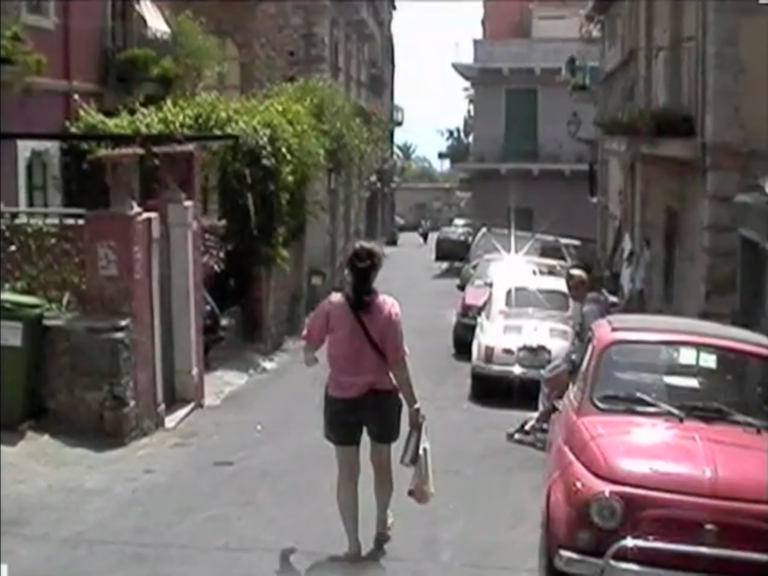
Flo Rounds A Corner (1999) by Ken Jacobs
The cast is in flux—the animate and the inanimate get double billed with that dynamic duo—Push and Pull. […] A broken vow of stasis, a flood of energy. What beautiful instability and pulsation in this floating world off a hinge, drawn through invisible bellows, exhaled, exultant. Figure and ground (such a quaint term for what we really see) do a slow motion see-saw on shifting tectonic plates, and fold into Cezanne-like origami. If this dance weren’t so meticulous, so slow, so molecular it would describe a calamity. But in fact this happens every day, every moment in the blink of an eye. Tilts with perfect pitch. The eponymous Flo moves slanted and enchanted down a street in Taormina—as casual, momentous and as “on time” as the Arrival of the Train at La Ciotat that rounded the corner of another century. (Mark McElhatten)
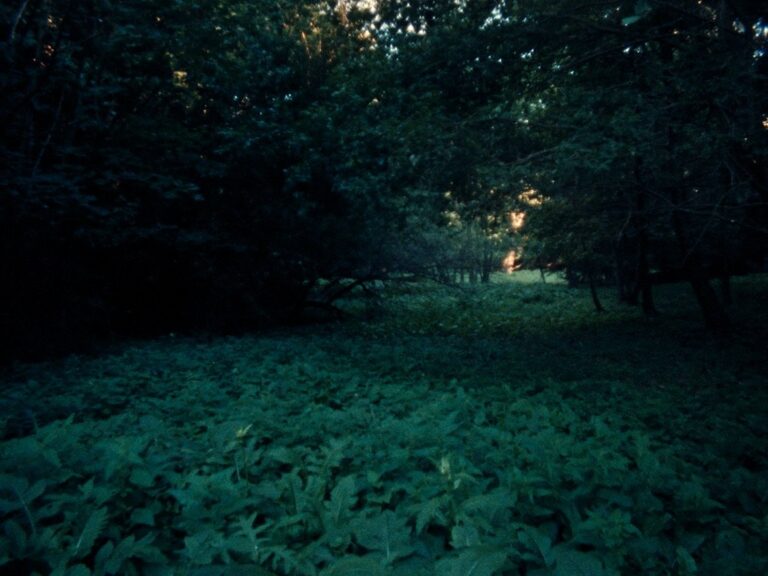
In the Stranglehold of Ivy (2024) by Antoinette Zwirchmayr
A key provides access to a house jutting out of a green thicket. The only inhabitant of this non-place is a ghostly presence. She wanders through the corridors, appears in poses and sometimes suddenly disappears. The figure seems trapped in this labyrinth surrounded by rampant nature. With a penetrating gaze, she raises questions about her meaning. For the obvious stranglehold of nature not only grips the impenetrable architecture, but also the embodiment of this ghostly figure. ( Antoinette Zwirchmayr) bay area premiere
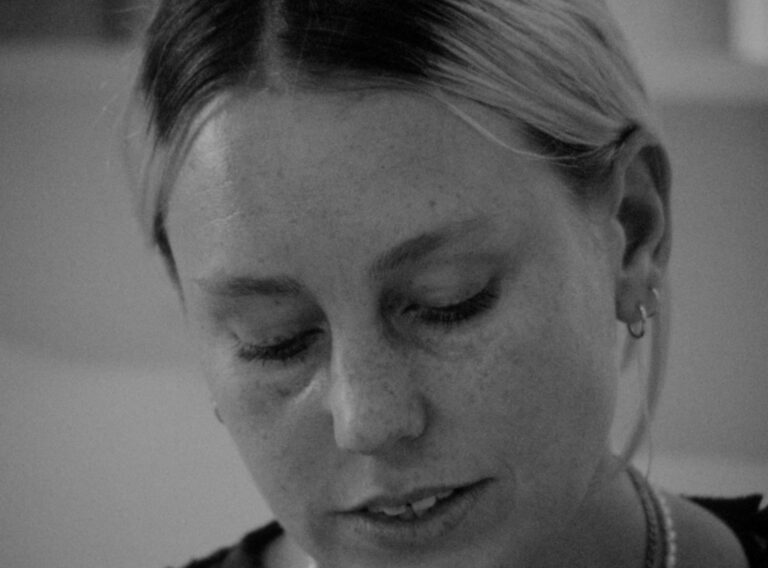
Half Halt (2025) by Sofia Theodore-Pierce
A half halt is a pulse on the reins to say, hey I’m still here, holding you. It indicates something around the bend, a warning and a reassurance. Here, a series of interruptions are held together by those who catch me when I’m falling. Rosie reads their poem. Grace and I brave the dark. Camera breaks. Record skips. Lovers reunite through a viewfinder. We’re all filming each other on horseback. A meditation on intimacy in times of offscreen emergency, both personal and political. Seizures as elevators. (Sofia Theodore-Pierce) bay area premiere
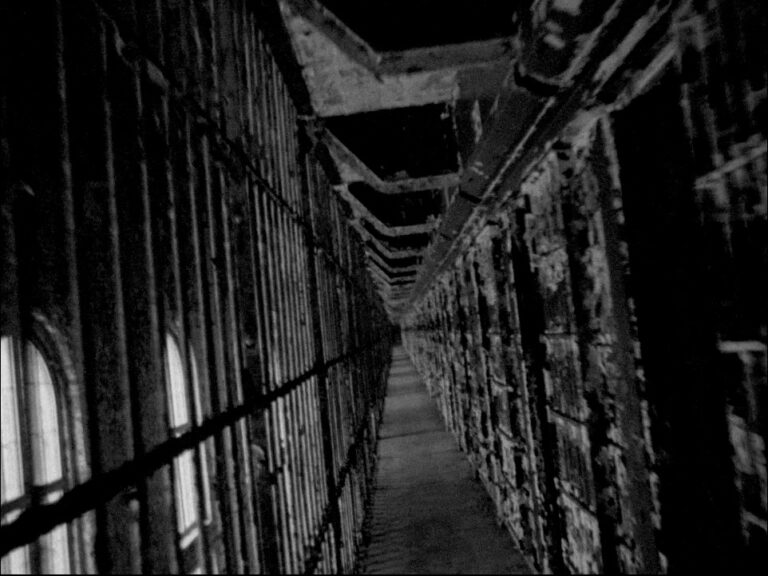
Boyd v. Denton (2023) by Kevin Jerome Everson
Boyd v. Denton is the name of the landmark case that closed the Ohio State Reformatory in the artist’s hometown of Mansfeld, Ohio in 1990. The OSR was used as a location for big Hollywood films including Air Force One (1997) and a remnant of set design can be seen in the final moments of the film. (Kevin Jerome Everson) bay area premiere
image: ©Kevin Jerome Everson; courtesy the artist; trilobite-arts DAC; Picture Palace Pictures
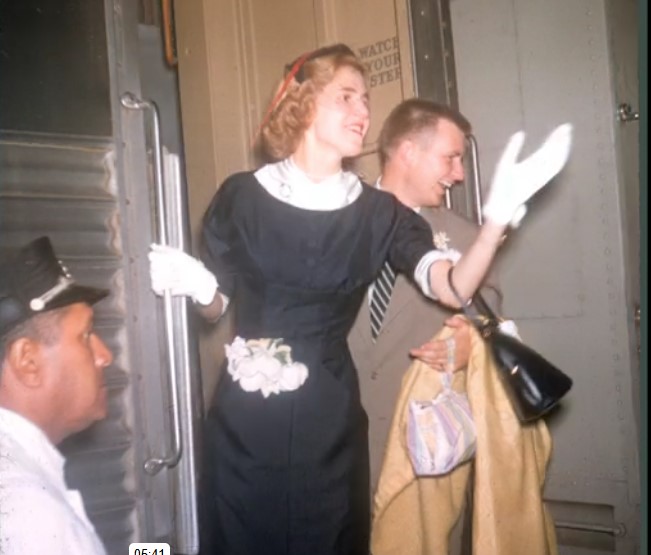
Tulsa (2025) by Scott Stark
Stereo photos of 1950s-era cocktail parties are transformed into an intense visual playland. (Scott Stark) bay area premiere

Sinking Feeling (2024) by Zachary Epcar
Three white collar commuters recall an experience of getting trapped on a train in San Francisco’s transbay tunnel, each drifting into fantasies of sex, death and other intimacies with strangers. (Zachary Epcar)
In Zachary Epcar’s Sinking Feeling, human bodies and voices are counterposed with the shimmering abstractions, ambient fizzle and rigid linearity of corporate architecture. A disquieting glimpse into a post-post-modernity of dread and torpor, Sinking Feeling peels back the surfaces of these Ballardian non-places to release pent-up fluids, a stifled longing, a hidden radiance. (New York Film Festival) bay area premiere
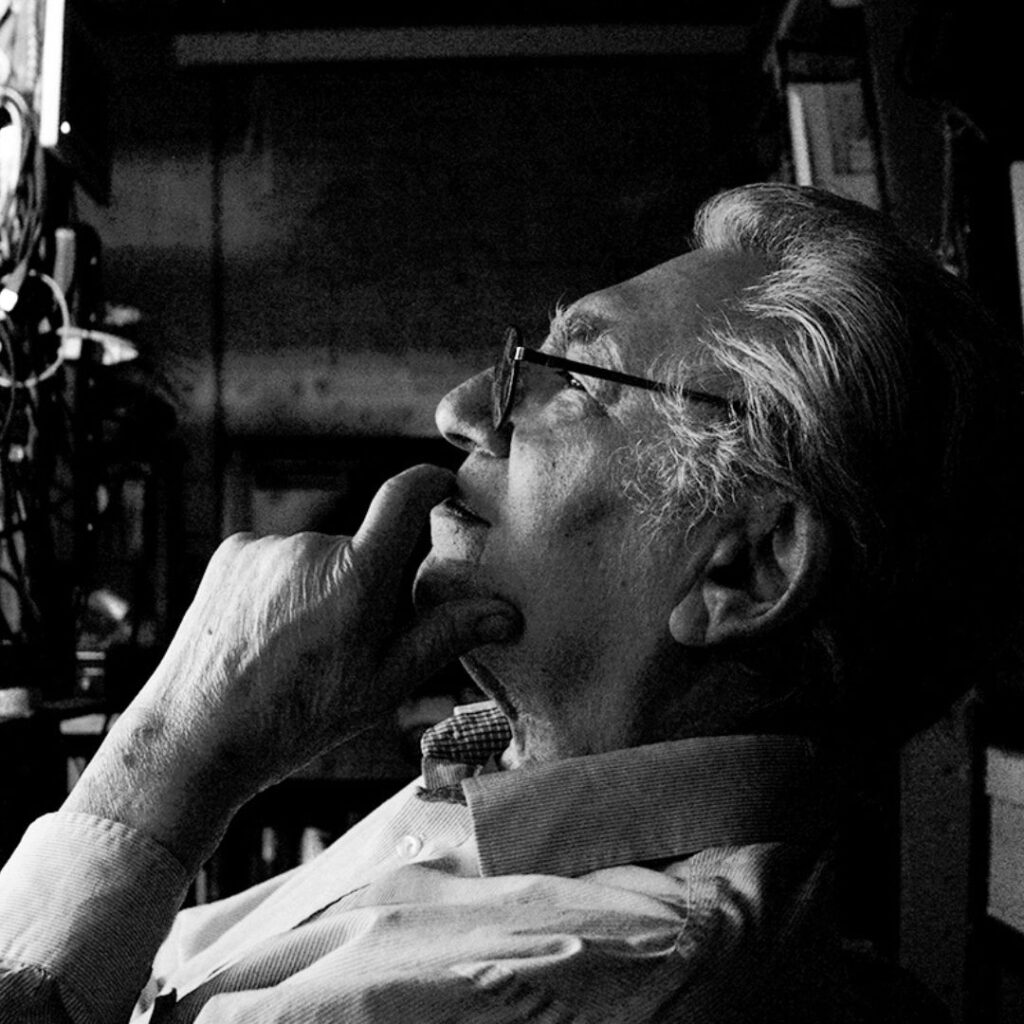 Ken Jacobs (US) is an essential figure in the history of American avant-garde film. A leader in cinematic and now digital experimentation since the late 1950s, he explores the mechanics of the moving image and the very act of viewing. Jacobs investigates the cinematic experience in its entirety, from production to projection. Whether undertaking archaeological journeys to the dawn of cinema or scrutinizing the interstices of new digital technologies, Jacobs’ work investigates, provokes, and draws power from the mysteries of the nature of human vision.
Ken Jacobs (US) is an essential figure in the history of American avant-garde film. A leader in cinematic and now digital experimentation since the late 1950s, he explores the mechanics of the moving image and the very act of viewing. Jacobs investigates the cinematic experience in its entirety, from production to projection. Whether undertaking archaeological journeys to the dawn of cinema or scrutinizing the interstices of new digital technologies, Jacobs’ work investigates, provokes, and draws power from the mysteries of the nature of human vision.
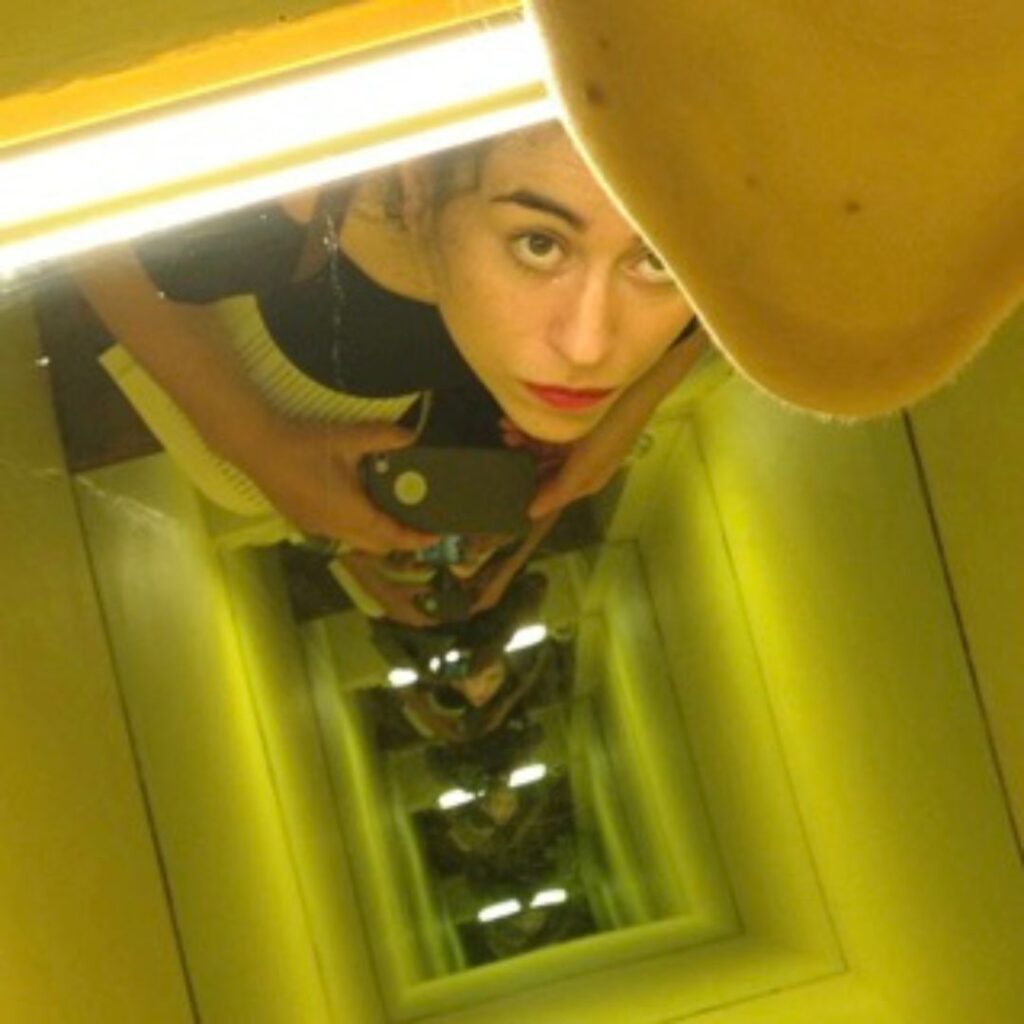 Antoinette Zwirchmayr (Austria): Studied at the Academy of Fine Arts Vienna. Her works have been featured in festivals including Berlinale, Toronto International Film Festival, International Short Film Festival Oberhausen, Indielisboa, Media City Film Festival, Ann Arbor Film Festival and FID Marseille. She has been awarded with the Outstanding Artist Award (BKA 2020), a six month residency in New York (ISCP), the Start-Up Grant for Young Film Artists (Austria 2017), the annual grant for photography (Land Salzburg 2017) Simon S. Filmaward (2016), Kodak Cinematic Vision Award (Ann Arbor Film Festival 2016), among other awards.
Antoinette Zwirchmayr (Austria): Studied at the Academy of Fine Arts Vienna. Her works have been featured in festivals including Berlinale, Toronto International Film Festival, International Short Film Festival Oberhausen, Indielisboa, Media City Film Festival, Ann Arbor Film Festival and FID Marseille. She has been awarded with the Outstanding Artist Award (BKA 2020), a six month residency in New York (ISCP), the Start-Up Grant for Young Film Artists (Austria 2017), the annual grant for photography (Land Salzburg 2017) Simon S. Filmaward (2016), Kodak Cinematic Vision Award (Ann Arbor Film Festival 2016), among other awards.
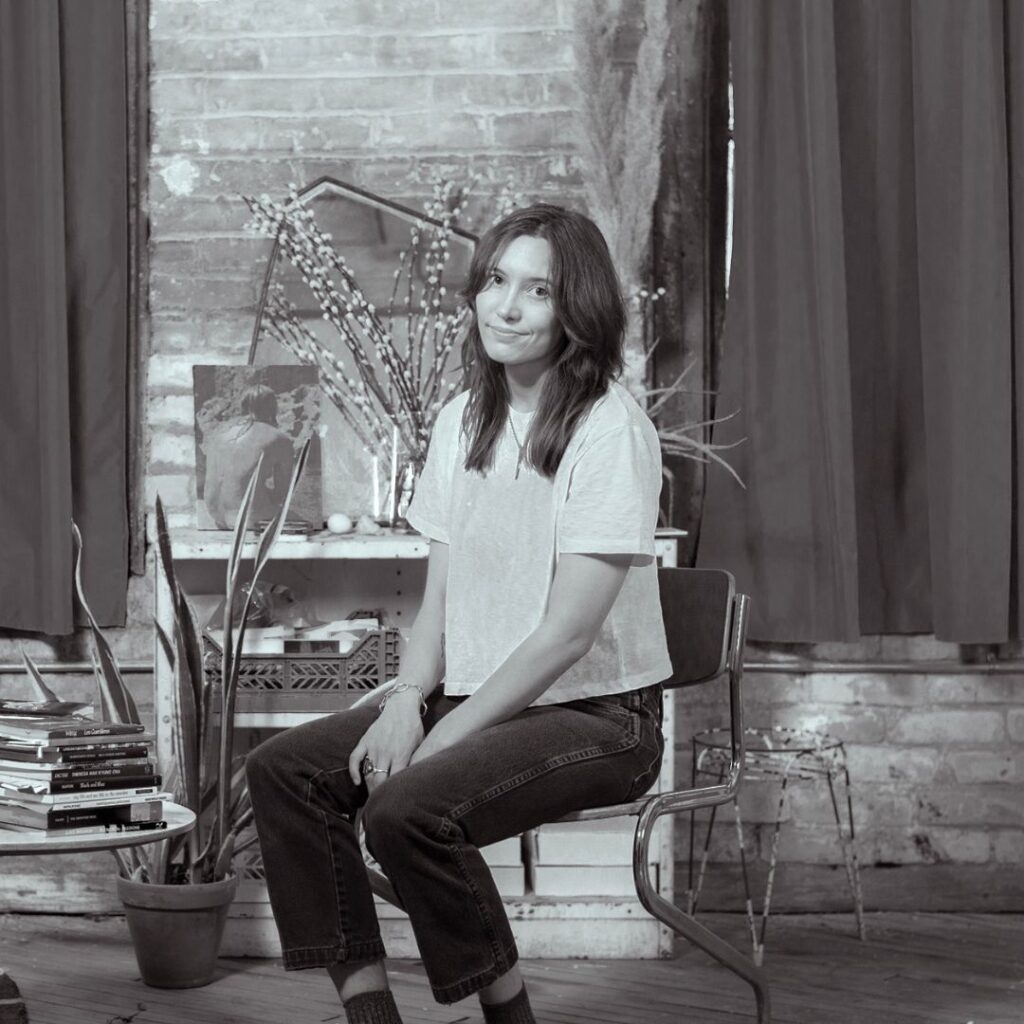 Sofia Theodore-Pierce (US) is an artist and filmmaker. Her nonfiction films balance choreographed engagement with collected ephemera and unruly home movie aesthetics to explore the spaces, bodies, and social structures we inhabit. She teaches cinema at Binghamton University.
Sofia Theodore-Pierce (US) is an artist and filmmaker. Her nonfiction films balance choreographed engagement with collected ephemera and unruly home movie aesthetics to explore the spaces, bodies, and social structures we inhabit. She teaches cinema at Binghamton University.
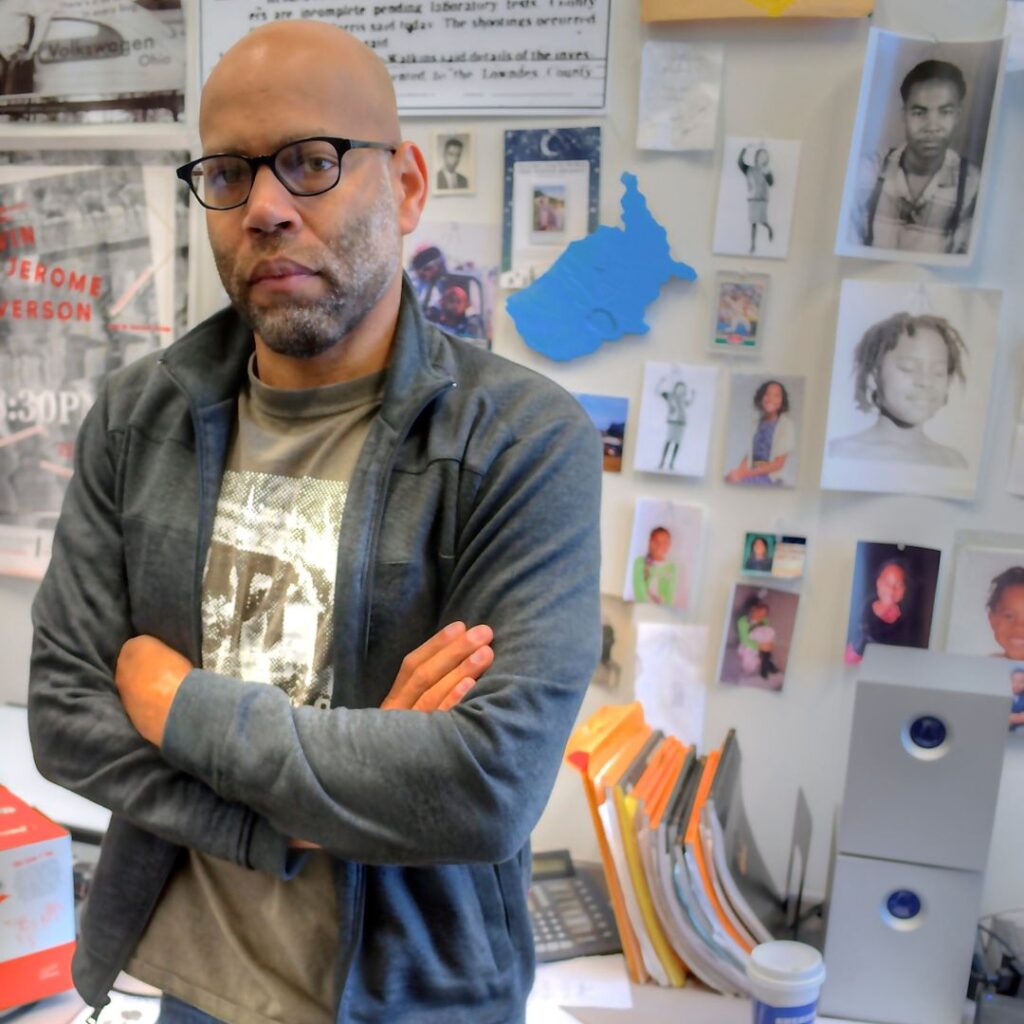 Kevin Jerome Everson (US) (b. Mansfield OH, lives and works in Charlottesville VA) is the Commonwealth and Ruffin Foundation Distinguished Professor of Studio Art and Director of Studio Arts at the University of Virginia. Recipient of the Guggenheim, Heinz Award, Berlin Prize, Alpert Award, Rome Prize and Creative Capital grants, Everson’s art practice encompasses photography, printmaking, sculpture and film, twelve award-winning features and over 300 solo and collaborative shorts. His work has been featured in mid-career retrospectives and solo exhibitions at Cinéma du réel/Centre Pompidou; Harvard Film Archive; Tate Modern/Film; Whitney Museum of American Art; MMCA, Seoul; Halle fur Kunst Steiermark, Graz; Cinematek Brussels and presented at the Whitney Biennial, Sharjah Biennial, Carnegie International, Contour Biennale and the Thailand Biennale. (photo credit: Sandy Williams III)
Kevin Jerome Everson (US) (b. Mansfield OH, lives and works in Charlottesville VA) is the Commonwealth and Ruffin Foundation Distinguished Professor of Studio Art and Director of Studio Arts at the University of Virginia. Recipient of the Guggenheim, Heinz Award, Berlin Prize, Alpert Award, Rome Prize and Creative Capital grants, Everson’s art practice encompasses photography, printmaking, sculpture and film, twelve award-winning features and over 300 solo and collaborative shorts. His work has been featured in mid-career retrospectives and solo exhibitions at Cinéma du réel/Centre Pompidou; Harvard Film Archive; Tate Modern/Film; Whitney Museum of American Art; MMCA, Seoul; Halle fur Kunst Steiermark, Graz; Cinematek Brussels and presented at the Whitney Biennial, Sharjah Biennial, Carnegie International, Contour Biennale and the Thailand Biennale. (photo credit: Sandy Williams III)
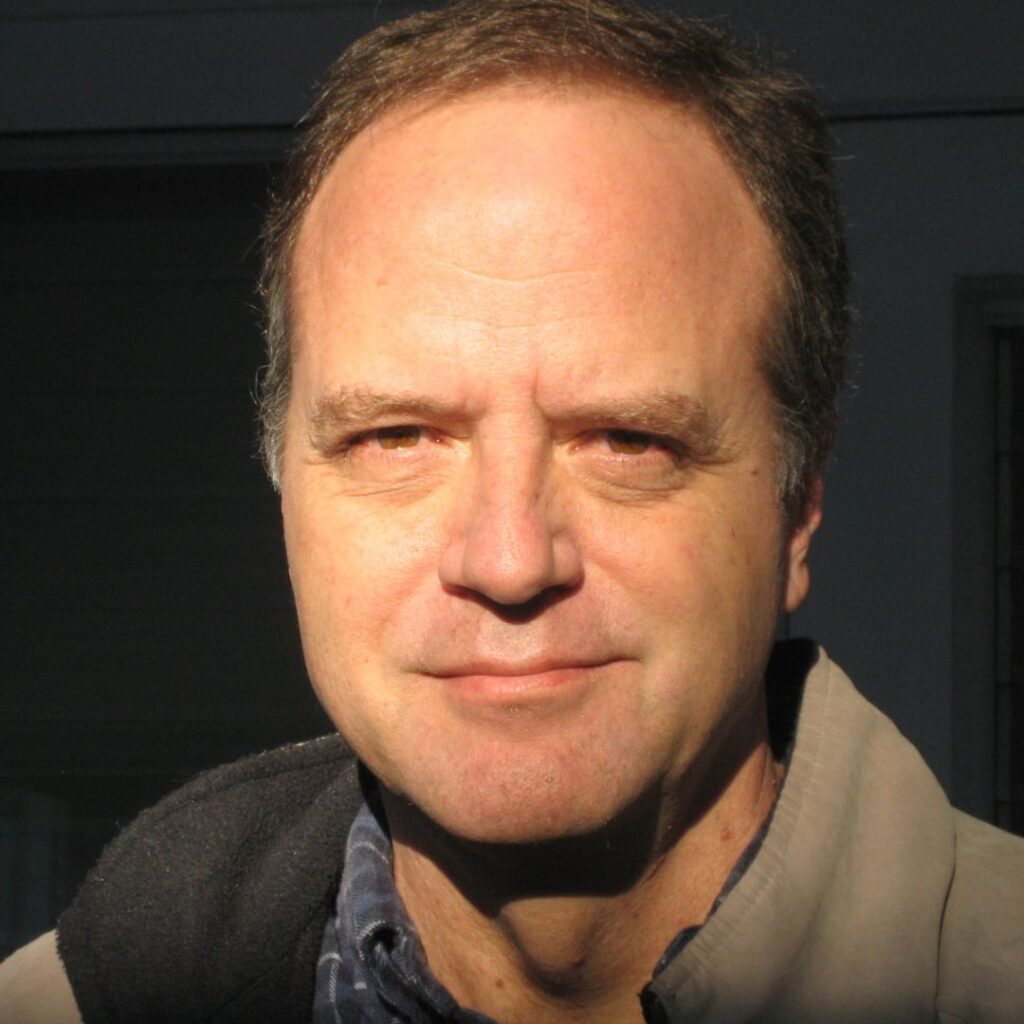 Scott Stark (US) has made over 85 films and videos, as well as numerous moving image installations, live performances and photo-collages. His work has shown nationally and internationally in venues as diverse as New York’s Museum of Modern Art, San Francisco Cinematheque, the International Film Festival Rotterdam, Tokyo Image Forum and many others. His 16mm film Angel Beach was invited into the 2002 Whitney Biennial and in 2007 he received a Guggenheim Fellowship. His 2013 film The Realist showed at numerous worldwide film festivals and was on several year-end “best” lists. His work has garnered numerous awards. He lives in San Francisco, California.
Scott Stark (US) has made over 85 films and videos, as well as numerous moving image installations, live performances and photo-collages. His work has shown nationally and internationally in venues as diverse as New York’s Museum of Modern Art, San Francisco Cinematheque, the International Film Festival Rotterdam, Tokyo Image Forum and many others. His 16mm film Angel Beach was invited into the 2002 Whitney Biennial and in 2007 he received a Guggenheim Fellowship. His 2013 film The Realist showed at numerous worldwide film festivals and was on several year-end “best” lists. His work has garnered numerous awards. He lives in San Francisco, California.
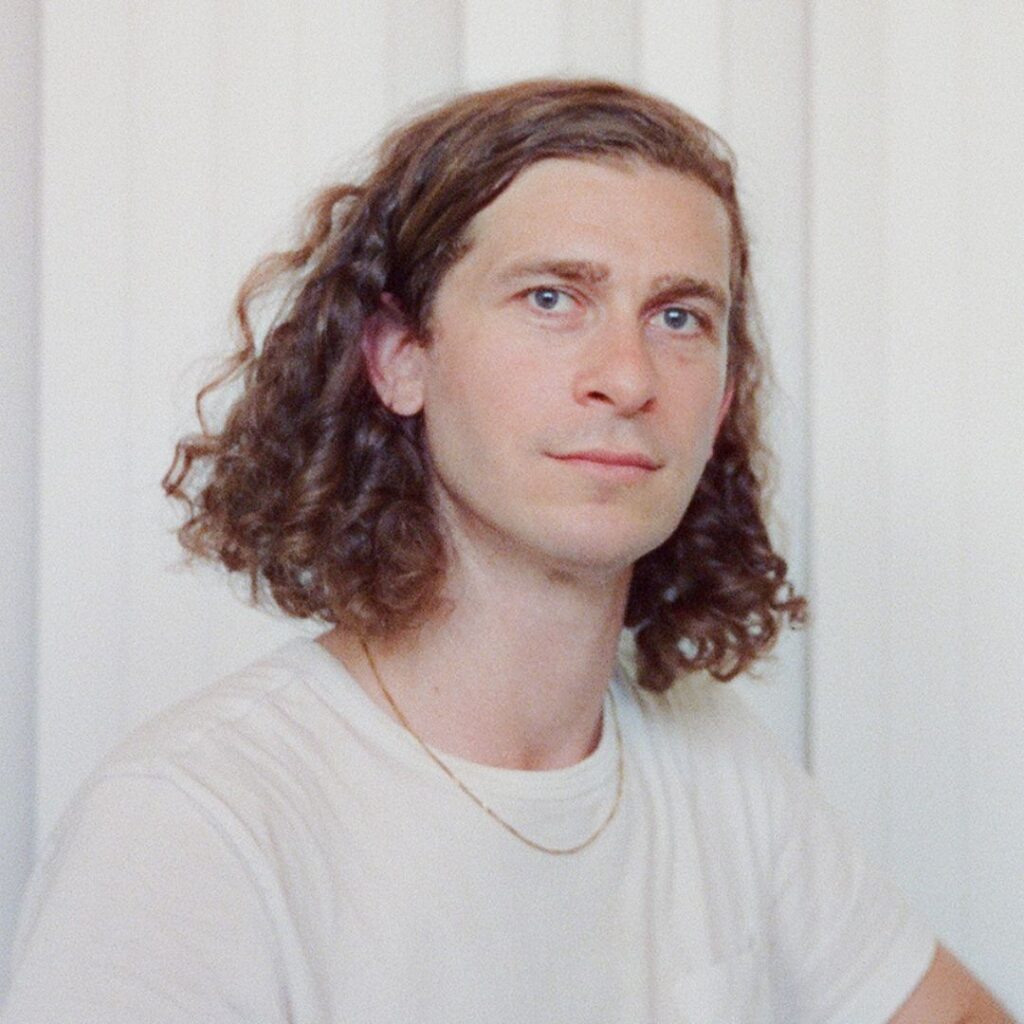 Zachary Epcar (US; b. San Francisco) is a filmmaker whose work has screened at the international film festivals of Toronto, New York, Rotterdam, San Francisco, Vancouver, Edinburgh and Melbourne; Pacific Film Archive, Media City Film Festival, San Francisco Cinematheque’s CROSSROADS, IndieLisboa, European Media Art Festival, EXiS, 25 FPS; and in solo screenings at the Museum of Contemporary Art Chicago, Museum of the Moving Image, and Black Hole Cinematheque. Zachary lives in Oakland, California where he is a member of the film programming collective Light Field.
Zachary Epcar (US; b. San Francisco) is a filmmaker whose work has screened at the international film festivals of Toronto, New York, Rotterdam, San Francisco, Vancouver, Edinburgh and Melbourne; Pacific Film Archive, Media City Film Festival, San Francisco Cinematheque’s CROSSROADS, IndieLisboa, European Media Art Festival, EXiS, 25 FPS; and in solo screenings at the Museum of Contemporary Art Chicago, Museum of the Moving Image, and Black Hole Cinematheque. Zachary lives in Oakland, California where he is a member of the film programming collective Light Field.
